commentary Commentary
Commentary: The US’ greatest asset in East Asia may be Japan
The US and Japan will need to shore up their economic heft and pursue a shared commitment towards setting the rules on trade, says Titli Basu.
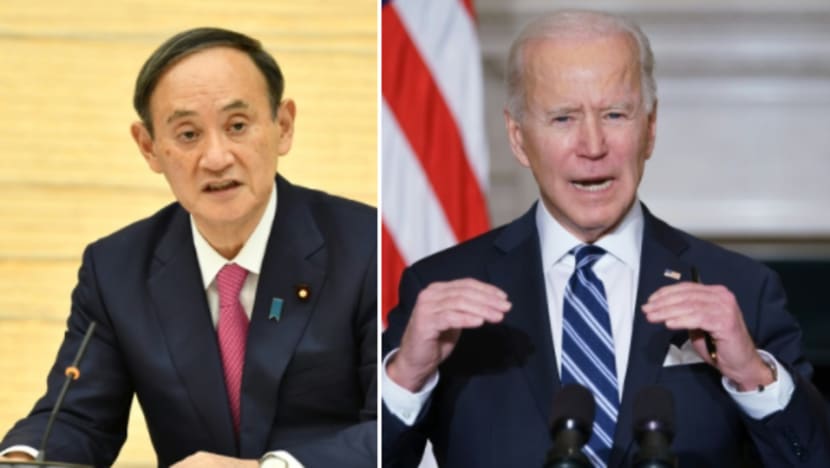
Composite pictures of Jo Biden and Yoshihide Suga. (Photos: AFP)
NEW DELHI: For US President Joe Biden, restoring normalcy amid polarisation in American democracy, and rebuilding the economy during a pandemic, is as pressing as repairing liberal internationalism.
As pillars of the US-led liberal order eroded under Trump’s America First legacy, what will it take to repair American alliances?
Regaining trust as a credible security guarantor is important. Biden, in his first key foreign policy speech, has set the right tone analysing alliances as America’s “greatest asset”.
READ: Commentary: US sanctions on Myanmar will not reverse the coup
Revitalising contested multilateralism, global governance, imbalances in globalisation is a tall order of expectations from Biden.
Team Biden rightly assess that America cannot solve common global challenges alone and revitalising alliances are important.
The East Asian theatre will be key in Washington’s grand strategy.
STRATEGIC BARGAIN HOLDS
America established its primacy in the global balance of power underpinned by security alliances, open markets, and multilateral institutions.
Alliances in East Asia are a product of US’s post-war imperative to engineer a favourable strategic order, and project power without overstretching itself.
Japan has over the years positioned itself as a stabiliser of the US-led system. But, Beijing has viewed American alliance architecture as geared towards containing China.
East Asia hosts nuclear powers, and three out of the top ten nations in terms of military expenditure.
Japan’s choices in East Asian security has led to discussing a few options — between becoming more self-reliant in terms of its own security, and even calling on to debate the nuclear option — but security alliance with the US continues to make the most sense.
Going forward, Japan will build its deterrence and incrementally expand the scope of right to collective self-defence within the framework of US alliance.
The US-Japan alliance over the decades has advanced a rules-based liberal order. But allies were tested in the last four years, balancing national interest amid the absence of principled US leadership on one hand and the unfolding Sino-US strategic competition on the other.
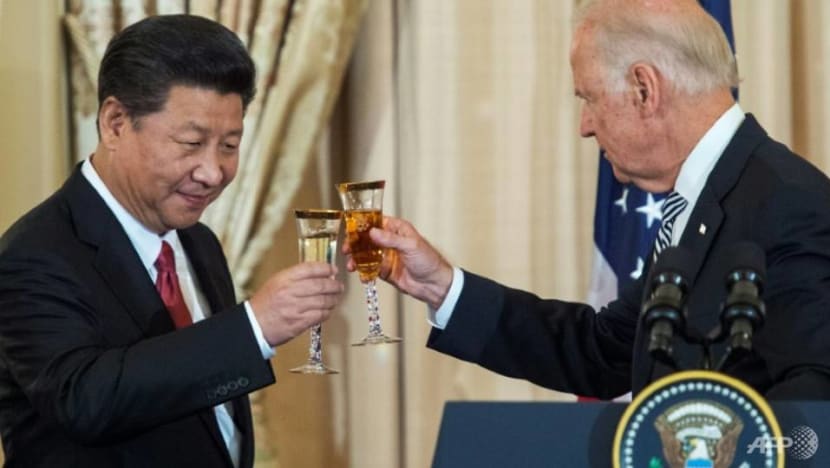
This is not to imply that US-Japan security treaty, over its six decades, has been free from frictions. Washington’s desire for a more equitable distribution of burden sharing and Tokyo’s hedging against US abandonment predates Trump.
As the current 5 years cost-sharing arrangement is due to expire in March, both sides have agreed to extend it for fiscal 2021.
The negotiations which started in November, got caught up amid the power transition in Washington. In the immediate term, alliance managers will be preoccupied finalising the next cost-sharing deal.
READ: Commentary: How is Donald Trump getting away with inciting attacks on US Capitol?
With changing geopolitics, the nature of the alliance has evolved. Tokyo adjusted its role by reorienting its post-war security posture and hiking defence spending. The US-Japan Defence Guidelines are revised enabling seamless operational coordination.
Strategic scope of the alliance deepened, consistent with the shifting dynamics of warfare and new domains including space and cyber.
With the changing nature of threats posed by Beijing, from influence operations to global pandemic, trade and technology, Washington’s Asia policy will depend on its alliance with Tokyo.
CHINA TESTS THE WATERS
Japan dislikes the idea of a China-centric regional order. Tactical activities of Chinese Coast Guard and maritime militia are increasingly challenging Japan’s effective administrative control over the contested Senkaku Islands.
While Biden reiterated that these Islands are covered under Article 5 of the Treaty, China’s grey-zone tactics has kept its advances below the threshold of an armed conflict that will trigger escalatory responses.
China is further testing waters with its new coast guard law.
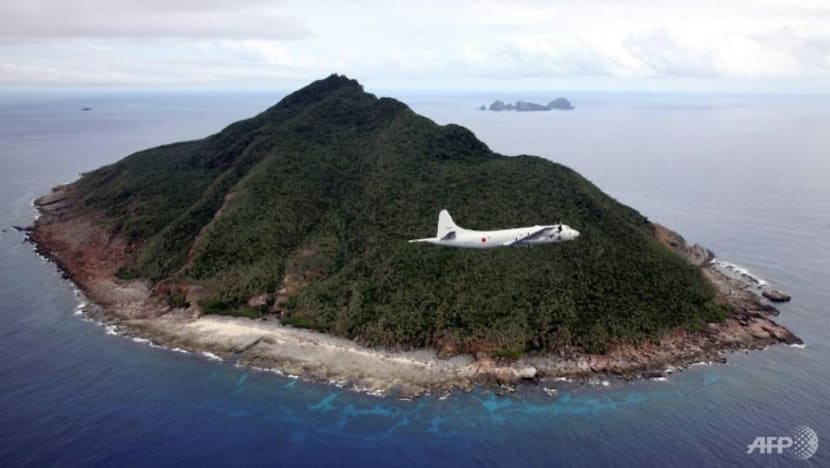
Japan has stepped up its remote island defence with deployment of anti-ship and surface-to-air (SAM) missiles. It has built new camps in Amami Oshima and Miyako.
Japan has drawn attention to alleged Chinese attempts restricting freedom of over flight in South China Sea. Upholding a free, open and rules-based maritime order is Japan’s utmost priority.
Tokyo is stepping up joint exercises with Quad member states of Australia, India and the US, such as in the Malabar exercise; and also advancing cooperation with European partners in the Indo-Pacific waters, including the planned US-Japan-France and Japan-UK exercise.
However, despite Trump-Abe personal bonhomie, navigating Tokyo’s interests in the US-China-Japan triangle over the last four years has proved challenging, especially because both side disagreed on the degree and methods with which China must be confronted.
READ: Commentary: Myanmar coup poses first foreign policy test for Biden on Southeast Asia
With Biden, Japan hopes for better policy coordination in effectively shaping China’s choices.
Trump’s disinterest in providing leadership as a rule-maker in multilateral trading system and shaping the economic architecture on one hand, and using tariffs as a coercive negotiating tactics bilaterally on the other tested Japan.
CLARITY ON CHINA POLICY
Allies are keenly awaiting strategic clarity on Biden’s China policy. Beijing has drawn the red lines for Biden with Taiwan, Xinjiang, Tibet, and Hong Kong.
Washington is keen on holding China accountable for undermining the rules-based international system. But it remains to be seen what role key allies like Japan will play.
READ: Commentary: ASEAN can do better on Myanmar this time
Setting up the China Task Force to demystify the China challenge is a productive exercise. Japan does not expect any major departure from a tough American stance on China.
Biden will be expected to compete with China in coordination with allies and partners, confronting the country on trade, technology and human rights abuses while finding room to engage on issues of mutual interest like climate change.
A BIGGER ROLE FOR THE QUAD
Keeping Biden invested in FOIP is a priority.
In his recent conversations with world leaders, he has reverted to the “free and open” Indo-Pacific (or FOIP) lexicon instead of “secure and prosperous”.
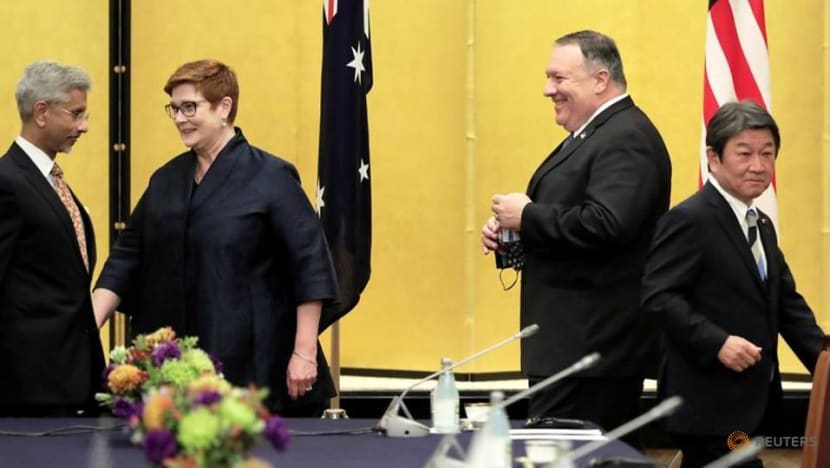
Biden’s first foreign policy speech at the State Department on Feb 4 did not mention the Indo-Pacific theatre by name. Should that be a concern?
No, if Kurt Campbell’s appointment as the coordinator for Indo-Pacific affairs on the National Security Council is anything to go by.
He argued in a Foreign Affairs commentary that Indo-Pacific should be characterised by balance and 21st century openness instead of hegemony and 19th century spheres of influence.
In fact, the Quad is set to take a bigger role.
READ: Commentary: Parts of Asia will miss Donald Trump’s tough China policy
US National Security Adviser Jake Sullivan supports advancing the Quad as a fundamental foundation to anchor American policy in the Indo Pacific.
Biden himself has discussed advancing a stronger regional architecture through the Quad in his discussion with Indian Prime Minister Narendra Modi.
The talk on upgrading the Quad to a leaders’ meeting is encouraging but charting a post-pandemic collaborative agenda must see how best to include ASEAN countries in its plans as their support will be important for the Quad’s success, since many of them are also littoral states and can strengthen the grouping’s naval strategies.
BETWEEN DOMESTIC AGENDA AND MEGA-FTAS
Geo-economically, Japan and the US will need to shore up their economic heft and pursue a shared commitment towards setting the rules of the road on trade. Japan, as an anchor of free trade, has remained supportive of America’s signing onto the CPTPP.
Such FTAs go beyond being mere trade instruments in serving as a strategic tool to anchor US presence in the region, after seeing its influence as a rule-maker eclipsed under Trump.
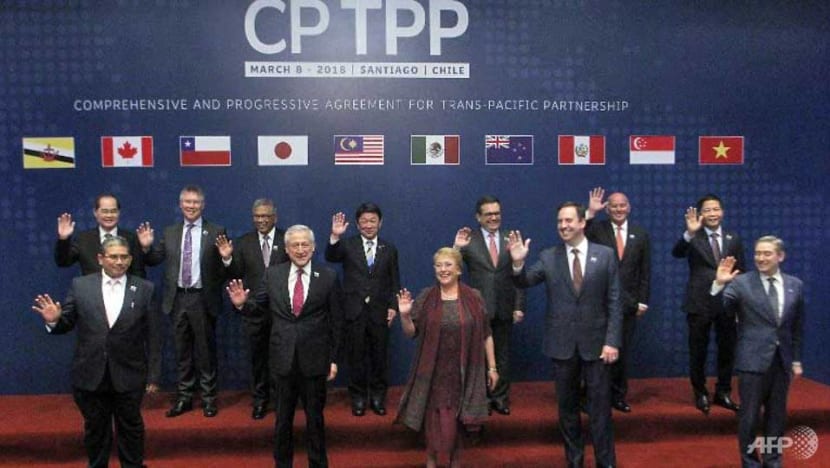
With the Regional Comprehensive Economic Partnership now in play, the US must re-engage with Asia-Pacific. Concluding CPTPP without the US, and the most recent RCEP, which China is a party to, are testament that Asia is ready to step up and lead, if a vacuum is left by the US.
But Biden will also have to navigate domestic agenda as he situates the welfare of American middle class at the centre of his foreign policy.
Despite a general consensus in Washington and its alliance partners on a tough China policy, however, it is still unclear what shape and form economic engagement should take.
READ: Commentary: Trump’s playbook on China in the South China Sea has some lessons for the Biden administration
READ: Commentary: Is it too late for the US to join the CPTPP?
Amid global conversation on decoupling, the fact remains that Chinese economy will be a key source of growth driving the post-COVID-19 recovery.
Deeper economic integration with China through mega trade deals like the RCEP complicates the choices.
Getting America back on the high table as a rule-maker, shaping the post-pandemic order is imperative. Whether it is building resilient supply chains or setting norms on high tech, democracies will have to join forces in shaping a favourable balance of power, order and ideologies.
Japan has stepped up with the concept of FOIP, powered the engines of Quad, and became the flag bearer of free trade when American leadership left much to be desired.
Over the decades, Tokyo has proved to be one of the best allies Washington has. In Biden’s pursuit to bring America back, the US-Japan alliance will serve as the lynchpin shaping the Indo-Pacific architecture in the coming years.
Titli Basu is Associate Fellow at the MP- Institute for Defence Studies and Analyses in India. She was Visiting Fellow at The National Institute for Defense Studies in Japan.












